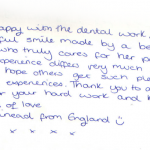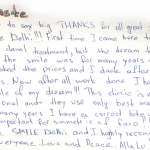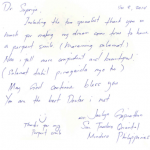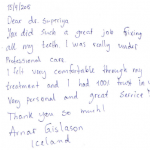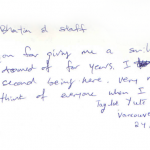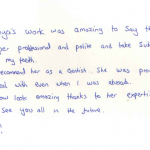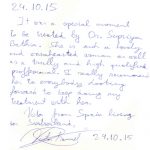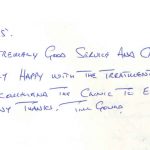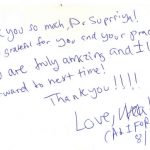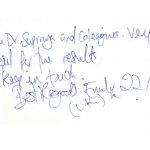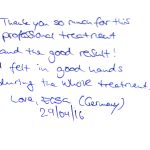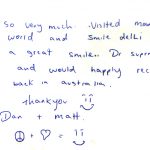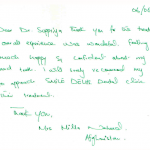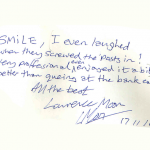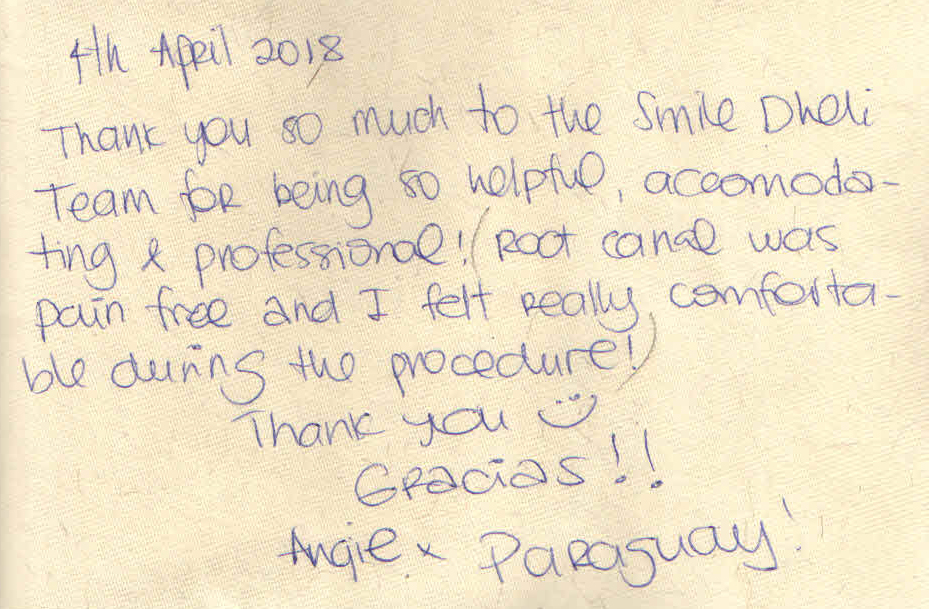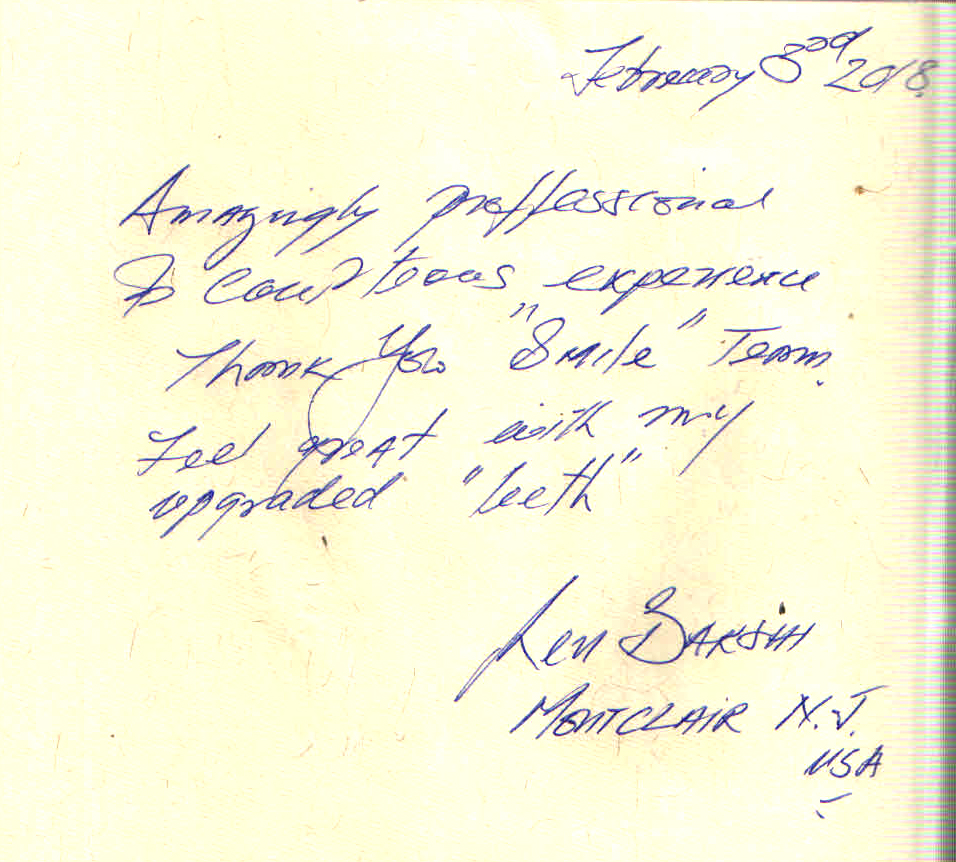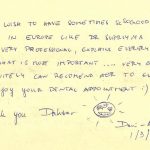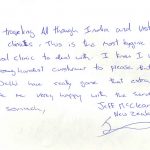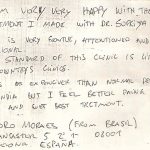How Flexible Partial Dentures Can Improve Your Smile
Partial dentures bring the beauty back to your smile by replacing missing teeth. It was long thought that removable partial dentures had to be rigid to be effective.
Traditionally, removable partial dentures were fabricated from a rigid metal base designed to replace missing teeth in partially edentulous patients.
The newer flexible removable partial dentures (RPDs) are being used more and more commonly for temporary, or on occasion permanent, replacement of missing teeth.
The flexibility of these dentures provides several advantages over the traditional RPD alternatives made of rigid, acrylic plastic resin.
These dentures are providing a comfortable and successful alternative to traditional RPDs.
Flexible RPDs are actually made of a form of nylon first introduced into dentistry in the 1950s. Technically known as super-polyamides, or, in this application, as flexible polyamides, these resins are tough, resistant, extremely durable and strong.
Flexible dentures look realistic, stay securely in place and are more comfortable to wear. Instead of metal clasps, they have thin finger-like extensions that fit or snap into natural concavities in the crowns of the teeth near the gum line.
Flexible Partials blend in well with the natural appearance of your gums, making the partial virtually invisible. The plastic has almost a chameleon effect, it is so strong that the partial can be made very thin and so picks up the characteristics of the underlying tissue

Dentures made of flexible polyamides can also provide an alternative for people who are allergic to acrylic; and they are thin, lightweight and resistant to fracture.
However, they are difficult to reline, rebase and repair. And while they have less of a propensity to stain (especially from teas, coffee and wine) than traditional acrylic dentures, they still need to be properly cleaned and maintained.
Like other partial dentures, flexible RPDs maintain space — i.e., stop remaining natural teeth from moving into the gaps where teeth are missing. They are used to otherwise restore function and aesthetics during the transition to more long-term and definitive tooth replacements.
Dentists in Delhi are making patients very happy with these prostheses because they are fabricated readily and don’t require multiple try-in appointments
All types of RPDs must be removed and cleaned thoroughly, as they tend to allow increased bacterial biofilm accumulation on the teeth at the gum line.
As mentioned earlier, flexible RPDs are held in place by little projections that fit into the areas between the teeth and gums. This can trap food and bacteria, and render certain areas inaccessible to the cleansing, antibacterial action of saliva. Therefore it’s very important to remove the dentures periodically to practice regular and optimal oral hygiene, and to clean the appliances. This will help prevent gingivitis (inflammation of the gums) and tooth decay. Also, RPDs should never be worn overnight, when salivary flow is reduced, making the mouth dry and the potential for bacterial buildup worse.
How to Care for Your Flexible Partial Denture
Like your own natural teeth, flexible partial dentures require care and good oral hygiene. To keep your restoration looking and feeling like new, please follow these simple flexible partial denture care directions:
– Clean your appliance regularly.
– Loose particles can be removed with the use of a sonic denture cleaner, or by placing the appliance under running water. Brushing a denture is generally not recommended as this may remove the polish and roughen the surface over time.
– If possible, rinse your new dental appliance after eating to remove any food particles.
– Keep the partial in water or in denture cleaner whenever it is not being worn to keep the surface hydrated.
– Remember to brush your natural teeth and gums regularly.
Both the dental clinics in India and dental clinics in Delhi, are routinely treating partially edentulous patients with the help of flexible dentures.
Advantages
While partial dentures may not be for everyone, sometimes they are the only option. One of the main advantages of a partial denture is the ability to replace many teeth, at an affordable price.
Lightweight
The first thing that patients notice when they go from normal dentures to flexible ones is the decrease in weight. The stronger material allows for a much thinner prosthesis that is much more comfortable to wear.
You would think that a lighter prosthesis would be very beneficial for the upper arch, however, there the palate provides rigid support and no tongue is present to keep dislodging the denture. The lower arch prosthesis made by a flexible material is much better accepted because it is lighter, extends less towards the tongue and also allows for the natural flexion of the lower jaw.
Esthetic Advantages
Some patients feel that the appliance “disappears” or is “invisible” in their mouth, thus the esthetics of it is far superior to conventional acrylic/metal partial dentures.
It looks better and it fits better.
Decreased Incidence Of Allergies
Patients all over the world are much more likely to develop an allergy to the metallic components used in the conventional dentures. They also suffer reactions to the acrylic that is used commonly in dentures.
Flexible dentures though do not have the same problem. These dentures are tolerated better by the oral tissues.
Lasting
Another benefit of is their durability. These dentures are virtually unbreakable, due to their acrylic material and flexibility. The acrylic material will also not break down as it is exposed to the many chemicals and substances the mouth is exposed to between the food you eat, the liquids you drink, and the natural enzymes and bacteria in the mouth.
Disadvantages
There are certain drawbacks to using flexible dentures as well.
–The biggest disadvantage that patients face is that a flexible denture is not repairable. There is no addition that can be made to it.If it breaks or becomes loose then a new one has to be made.
–The other disadvantage is that the dentures are quite technique sensitive to make.
Dentists in dental clinics in Delhi help you asses the choices in light of your clinical needs, personal preferences and financial considerations and help you determine which one is best for you.

Flexible dentures have been around for quite a while now, but they are still not very well known among patients. Dentures made from this material can be a real boon for patients who are looking for dentures made out of aesthetic materials yet strong enough to last them a long time. The fact that this is extremely affordable as compared to other treatment options also make it very attractive to patients.
Posted By – Dr. Suprriya B Bhatia






